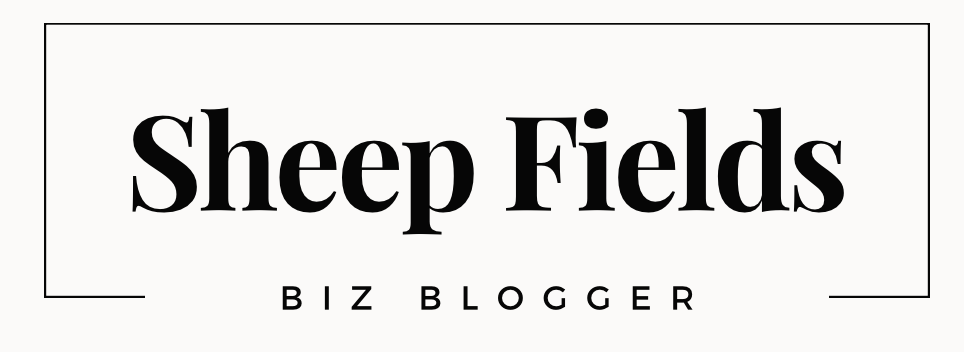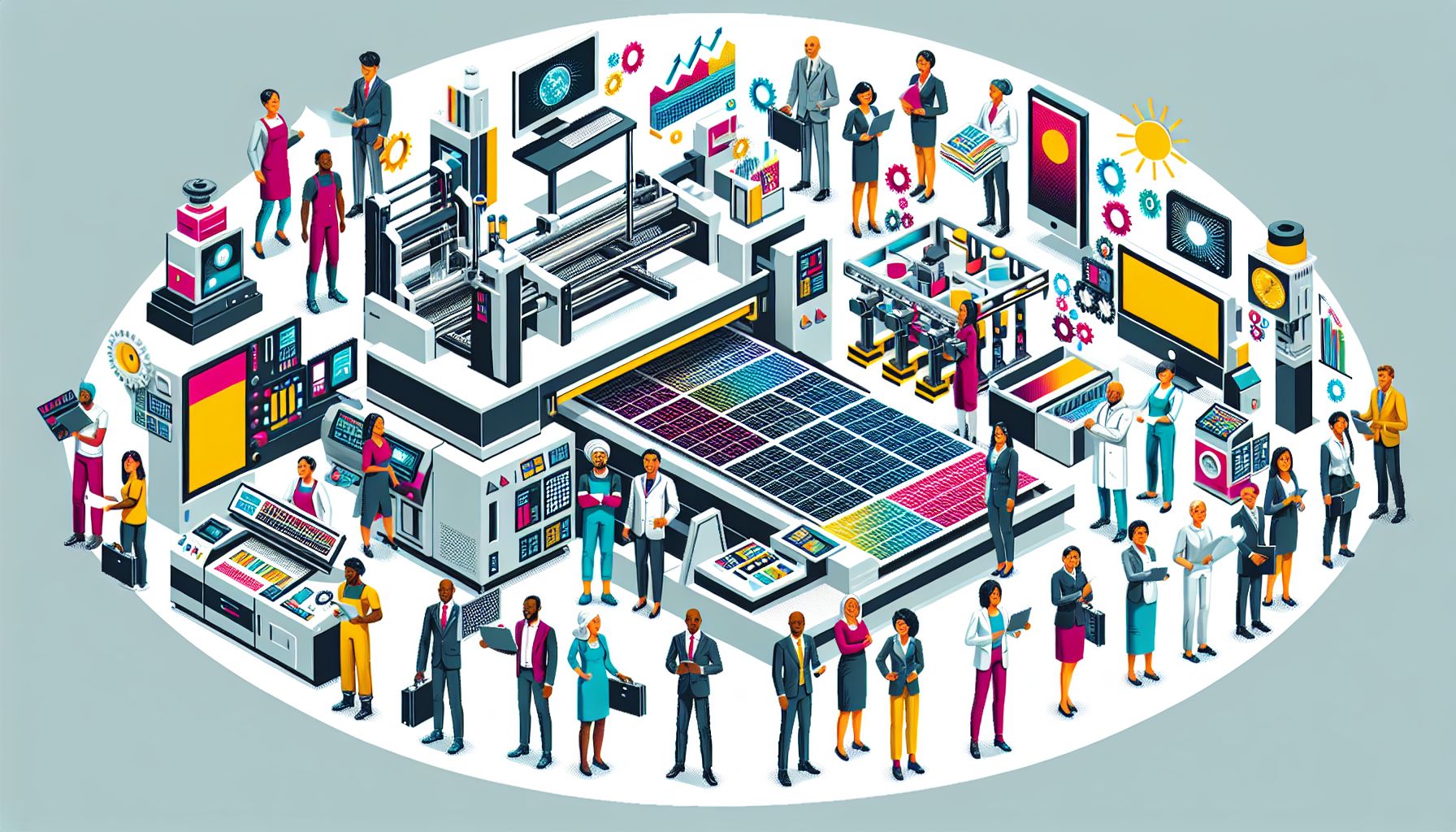Introduction
The printing industry has witnessed significant transformation over the past decade, largely driven by advancements in technology and changing consumer preferences. As we step into a new era, it is essential to understand the current trends shaping the printing industry. In this blog post, we will explore the emerging developments and their implications on the future of print.
Body
1. Digital Printing Takes Center Stage
Digital printing has revolutionized the printing industry by providing faster, cost-effective, and more versatile solutions. This trend continues to dominate the market, catering to the growing demand for short-run custom print jobs. With digital printing, businesses can achieve quick turnarounds, customization options, and reduced waste, making it an attractive choice for the consumer.
Additionally, technological advancements have significantly improved the quality and speed of digital printers, allowing for high-resolution prints even on unconventional materials. The adoption of inkjet and laser technology in digital printing has resulted in expanded capabilities, catering to diverse industries like textiles, packaging, and signage.
2. Sustainability and Environment-Friendly Practices
In recent years, customers have become increasingly conscious of the environmental impact of their choices. This shift in mindset has led to a growing demand for sustainable and eco-friendly printing practices. As a result, the printing industry has responded by adopting eco-friendly materials, inks, and production processes to reduce its ecological footprint.
Printing companies are embracing eco-friendly alternatives, such as soy-based inks and recycled paper, to minimize their impact on the environment. Additionally, the implementation of energy-efficient printing equipment and waste management systems has become a priority for many businesses. These sustainability efforts not only meet customer expectations but also contribute to cost savings in the long run.
3. Customization and Personalization
Today’s consumers seek unique and personalized experiences, and the printing industry has successfully tapped into this demand. Personalized printing has gained immense popularity, enabling businesses to create tailored marketing materials, product packaging, and promotional items. By leveraging customer data and digital printing technology, companies can now produce individualized prints at scale.
Customization extends beyond personalized names or messages. Variable data printing allows for dynamic content, helping businesses tailor their marketing collateral to specific target audiences, enhancing engagement and increasing response rates. As technology continues to advance, the printing industry will only see further growth in this segment, catering to the desire for personalization.
4. Augmented Reality (AR) Integration
The integration of augmented reality into print media has opened up new possibilities for the industry. By combining print and digital technology, businesses can create interactive and immersive experiences for their customers. Augmented reality marketing campaigns have proven to be highly engaging, capturing the attention of consumers in an increasingly saturated digital landscape.
AR integration allows customers to interact with printed materials using their smartphones or tablets. From scanning a printed QR code to unlock additional content or visualizing products using 3D models, augmented reality adds an extra layer of engagement to traditional prints. The printing industry is embracing this trend, further blurring the lines between physical and digital experiences.
5. On-Demand Printing and Web-to-Print Solutions
The rise of e-commerce and the need for speed have driven the growth of on-demand printing and web-to-print solutions. With just a few clicks, customers can now order customized prints directly from online platforms, eliminating the need for physical stores or middlemen. This convenience has paved the way for smaller, niche printing businesses to thrive, offering unique and specialized products.
Web-to-print solutions have not only simplified the ordering process for customers but have also streamlined the production workflow for printing companies. Automation and integration of backend systems enable smooth and efficient operations, reducing errors and increasing overall productivity. On-demand printing and web-to-print continue to be a driving force in the industry’s evolution.
Conclusion
The printing industry has witnessed a remarkable transformation in recent years, driven by advancements in technology and changing consumer behaviors. Digital printing, sustainability efforts, customization, augmented reality integration, and on-demand printing are the key trends shaping the future of print.
As we move forward, the industry needs to embrace these trends and leverage innovative technologies to stay relevant and meet evolving customer demands. By investing in eco-friendly practices, adopting digital printing solutions, and integrating new technologies like augmented reality, printing companies can position themselves at the forefront of the industry’s evolution. Embracing change and staying adaptable will be the key to success in the dynamic and ever-evolving printing landscape.
Image Source: Pixabay

